Home>Gardening & Outdoor>Outdoor Recreation & Activities>How To Find A Leak In A Swimming Pool Liner
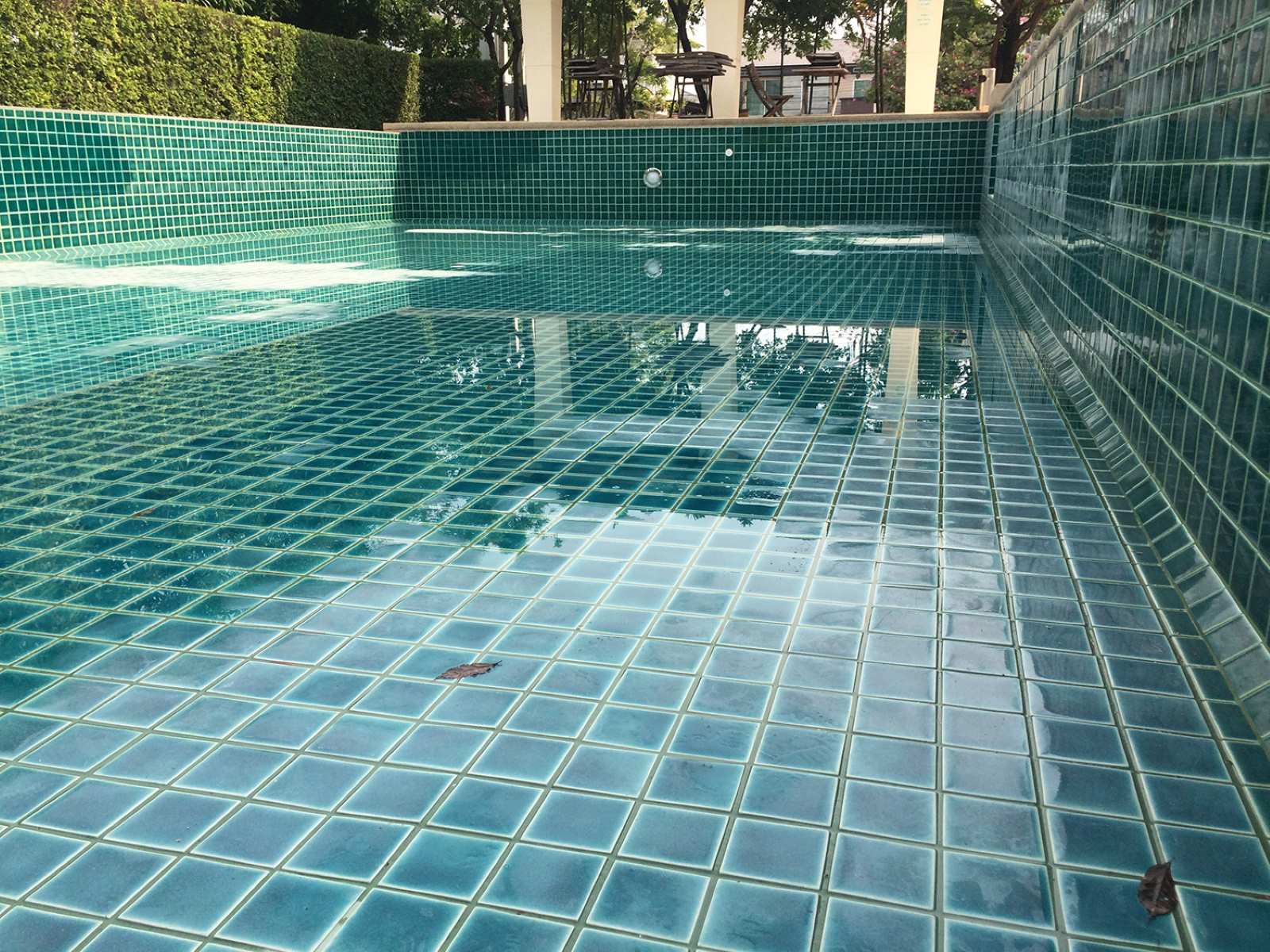

Outdoor Recreation & Activities
How To Find A Leak In A Swimming Pool Liner
Published: February 18, 2024
Learn how to easily find and fix leaks in your swimming pool liner with our expert outdoor recreation and activities guide. Keep your pool in top shape!
(Many of the links in this article redirect to a specific reviewed product. Your purchase of these products through affiliate links helps to generate commission for Storables.com, at no extra cost. Learn more)
Introduction
A leaking swimming pool can quickly turn a relaxing oasis into a source of frustration. The first step in addressing a leak in a swimming pool liner is to identify the source of the problem. This can be a daunting task, but with the right approach, it's manageable. In this article, we'll explore various methods for locating leaks in a swimming pool liner, ranging from visual inspections to professional leak detection services. By understanding these techniques, pool owners can take the necessary steps to address leaks promptly and effectively.
A leaking pool can result from a variety of factors, including wear and tear, weathering, or even accidental damage. Identifying the precise location of a leak is crucial for implementing the most appropriate solution. Whether the issue stems from a small puncture or a more extensive tear, the detection process is essential for preventing further damage and maintaining the pool's integrity.
By familiarizing yourself with the methods outlined in this article, you'll gain the knowledge needed to tackle pool leaks confidently. From simple visual inspections to advanced pressure tests, each approach offers unique insights into the condition of the pool liner. Understanding these techniques empowers pool owners to make informed decisions and take the necessary steps to restore their pool to its pristine condition.
Leak detection is a critical aspect of pool maintenance, and by learning how to identify and address leaks, pool owners can ensure that their investment continues to provide enjoyment for years to come. So, let's delve into the various methods for finding a leak in a swimming pool liner and equip ourselves with the knowledge needed to keep our pools in top-notch condition.
Key Takeaways:
- Don’t let a leaking pool ruin your fun! Start with a visual inspection to look for cracks, tears, and water level changes. Then, try a dye test to pinpoint the leak with colorful flair!
- When in doubt, call in the pros! Professional leak detection services use cool gadgets like thermal cameras and pressure testing to find and fix pool leaks with expert precision.
Read more: How To Find Swimming Pool Leaks
Visual Inspection
Visual inspection is often the first step in identifying a leak in a swimming pool liner. This method involves a thorough examination of the pool's surface and its surrounding areas to pinpoint any visible signs of damage or wear. By carefully scrutinizing the pool, including the walls, floor, and waterline, pool owners can gather valuable clues that may lead to the discovery of a leak.
During a visual inspection, it's essential to look for several key indicators that could signal a leak. These may include cracks, tears, or areas where the liner appears to be separating from the pool structure. Additionally, observing the water level over a period of time can provide valuable insights. A noticeable and consistent drop in water level, especially when the pool is not in use, may indicate a leak.
Furthermore, inspecting the area surrounding the pool can also yield important information. Look for damp or sunken areas in the ground, as these could indicate water escaping from the pool and saturating the surrounding soil. Additionally, keep an eye out for any unusual wet patches or areas of unusually lush vegetation, as these could be signs of water seepage.
It's important to conduct the visual inspection under different lighting conditions, as some leaks may only be visible in specific lighting. For example, inspecting the pool during the day under direct sunlight may reveal different clues compared to conducting the inspection at night under artificial lighting.
By meticulously examining the pool and its surroundings, pool owners can gather valuable information that may lead to the identification of a leak. While visual inspection is a crucial first step, it may not always reveal the precise location of the leak. In such cases, additional testing methods, such as the dye test or pressure test, may be necessary to further pinpoint the source of the leak.
In summary, visual inspection serves as an essential starting point in the process of identifying a leak in a swimming pool liner. By carefully examining the pool and its surroundings, pool owners can gather valuable clues that may lead to the discovery of a leak. This method provides a foundational understanding of the pool's condition and sets the stage for further investigation using more advanced leak detection techniques.
Dye Test
The dye test is a widely used method for detecting leaks in swimming pool liners. This simple yet effective technique involves using a concentrated dye to visually identify areas where water is escaping from the pool. By carefully observing the behavior of the dye, pool owners can pinpoint the precise location of the leak.
To conduct a dye test, pool owners can start by turning off any recirculation systems to ensure that the water is still. Next, a small amount of concentrated dye, often available in bright colors such as red or green for better visibility, is carefully introduced near areas suspected of leaking. Common areas of interest include around fittings, seams, and any visible cracks or tears in the pool liner.
As the dye is introduced, it quickly disperses upon contact with the water. If there is a leak in the vicinity, the dye will be drawn into the opening, creating a visible trail as it is pulled out of the pool. By carefully observing the movement of the dye, pool owners can trace its path and identify the precise location of the leak.
The dye test is particularly effective for identifying small leaks that may not be immediately visible during a visual inspection. It is a non-invasive method that provides valuable insights into the location of the leak without the need for extensive equipment or invasive procedures. Additionally, the use of brightly colored dyes enhances visibility, making it easier to track the movement of the dye within the pool.
One of the key advantages of the dye test is its simplicity and accessibility. Pool owners can easily conduct this test themselves, making it a cost-effective and practical approach to leak detection. By following the dye's movement, they can quickly identify areas of concern and take the necessary steps to address the leaks promptly.
In summary, the dye test is a valuable tool in the arsenal of leak detection methods for swimming pool liners. Its simplicity, accessibility, and effectiveness in identifying small leaks make it a popular choice for pool owners seeking to maintain the integrity of their pools. By leveraging the dye test, pool owners can confidently identify and address leaks, ensuring that their pools remain a source of enjoyment for years to come.
Use food coloring to identify leaks in your swimming pool liner. Add a few drops near suspected areas and watch for the color to be drawn towards the leak. This can help pinpoint the exact location for repair.
Pressure Test
The pressure test is a comprehensive method for detecting leaks in swimming pool liners. This advanced technique involves pressurizing the pool plumbing system to identify areas where water may be escaping. By subjecting the pool to increased pressure, pool owners can systematically assess the integrity of the entire pool structure and pinpoint the precise location of any leaks.
To conduct a pressure test, pool owners typically start by sealing off the pool's skimmer and return lines, ensuring that the water within the plumbing system is isolated from the pool itself. Once the lines are sealed, a specialized pressure testing kit is used to introduce air into the plumbing system, gradually increasing the pressure to a predetermined level. This elevated pressure allows for a thorough assessment of the pool's plumbing and the detection of any leaks.
During the pressure test, pool owners carefully monitor the pressure gauge to ensure that the system maintains the specified pressure level. If there is a leak within the plumbing system, the pressure will drop, indicating the presence of a leak. By observing the rate of pressure loss and the behavior of the pressure gauge, pool owners can gather valuable insights into the location and severity of the leak.
The pressure test is particularly effective for identifying leaks within the pool's plumbing system, including pipes, fittings, and valves. It provides a comprehensive assessment of the entire plumbing infrastructure, allowing pool owners to identify and address potential sources of water loss. Additionally, the pressure test can help differentiate between leaks in the plumbing system and those originating from the pool liner itself, providing a more targeted approach to leak detection.
One of the key advantages of the pressure test is its ability to identify leaks that may not be immediately visible through visual inspection or the dye test. By pressurizing the plumbing system, pool owners can uncover hidden leaks that could otherwise go undetected, preventing potential water loss and structural damage over time.
In summary, the pressure test is a valuable and comprehensive method for detecting leaks in swimming pool liners. Its ability to assess the entire plumbing system and identify hidden leaks makes it an essential tool for maintaining the integrity of the pool. By leveraging the insights gained from the pressure test, pool owners can take proactive measures to address leaks and ensure the long-term functionality of their swimming pools.
Professional Leak Detection Services
Professional leak detection services offer an advanced and comprehensive approach to identifying leaks in swimming pool liners. These services are provided by experienced professionals who utilize specialized equipment and techniques to pinpoint the precise location of leaks, ensuring a thorough assessment of the pool's integrity.
When engaging professional leak detection services, pool owners can benefit from the expertise of trained technicians who possess in-depth knowledge of pool structures and leak detection methodologies. These professionals often employ advanced technologies, such as electronic listening devices, thermal imaging cameras, and pressure testing equipment, to conduct a thorough assessment of the pool and its plumbing system.
Electronic listening devices are commonly used to detect leaks by capturing the sound of water escaping from the pool. By carefully analyzing the acoustic signals, technicians can identify the exact location of the leak, even if it is located beneath the pool's surface. This non-invasive method allows for precise leak detection without the need for extensive excavation or disruption to the pool structure.
Thermal imaging cameras are another valuable tool utilized by professional leak detection services. These cameras can detect temperature differentials caused by water escaping from the pool, allowing technicians to identify areas of concern with remarkable accuracy. By capturing thermal images of the pool and its surroundings, technicians can pinpoint the source of the leak, even in cases where the leak is not visible to the naked eye.
In addition to electronic listening devices and thermal imaging cameras, professional leak detection services often employ pressure testing equipment to assess the integrity of the pool's plumbing system. By subjecting the plumbing infrastructure to increased pressure, technicians can identify leaks within the pipes, fittings, and valves, providing a comprehensive assessment of the pool's entire water circulation system.
Engaging professional leak detection services offers pool owners a proactive and thorough approach to addressing leaks in swimming pool liners. By leveraging the expertise and advanced equipment provided by these services, pool owners can gain valuable insights into the condition of their pools and take the necessary steps to address leaks promptly and effectively.
In summary, professional leak detection services provide a comprehensive and advanced approach to identifying leaks in swimming pool liners. By utilizing specialized equipment and techniques, trained technicians can pinpoint the precise location of leaks, allowing pool owners to maintain the integrity of their pools and prevent potential water loss and structural damage.
Frequently Asked Questions about How To Find A Leak In A Swimming Pool Liner
Was this page helpful?
At Storables.com, we guarantee accurate and reliable information. Our content, validated by Expert Board Contributors, is crafted following stringent Editorial Policies. We're committed to providing you with well-researched, expert-backed insights for all your informational needs.
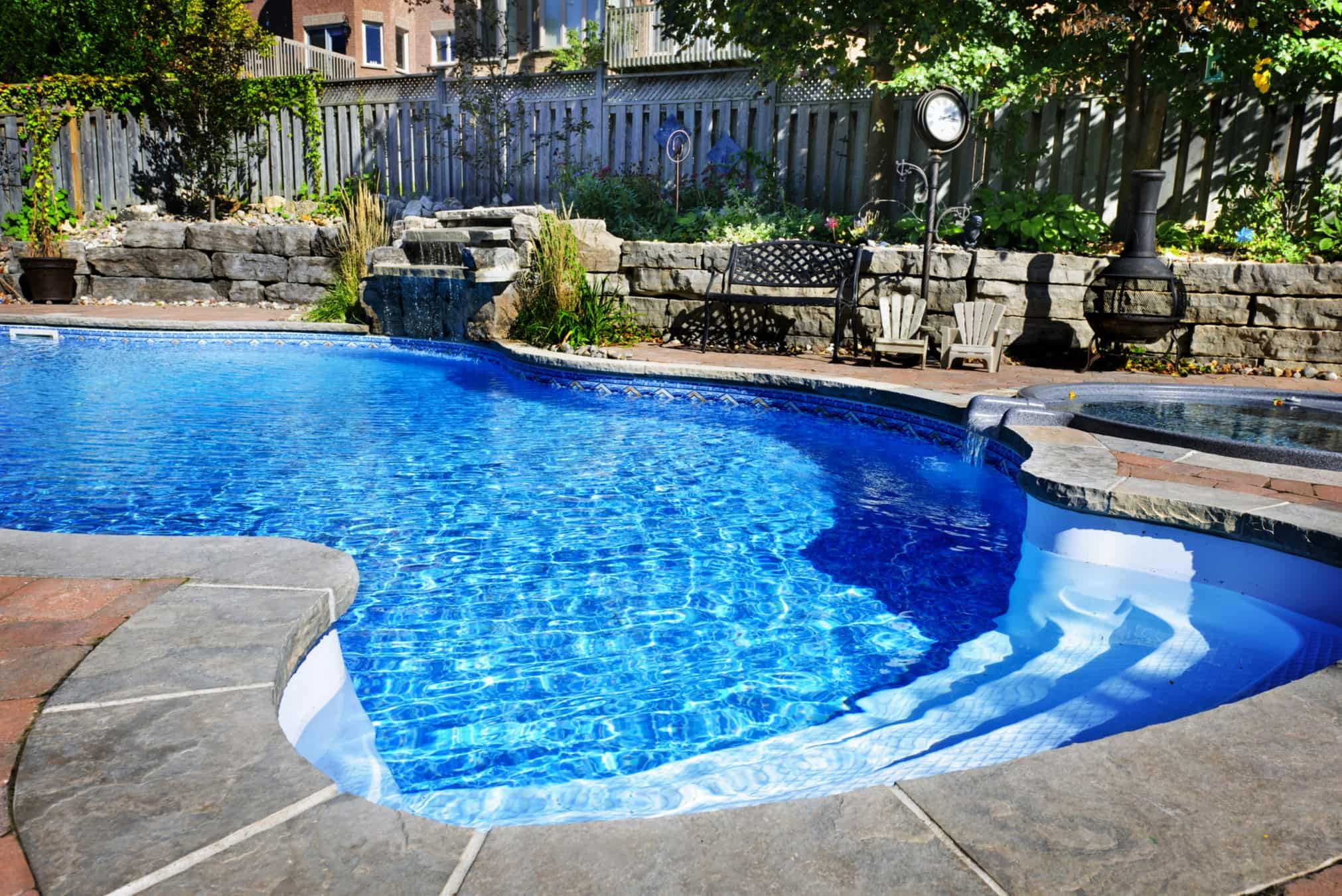
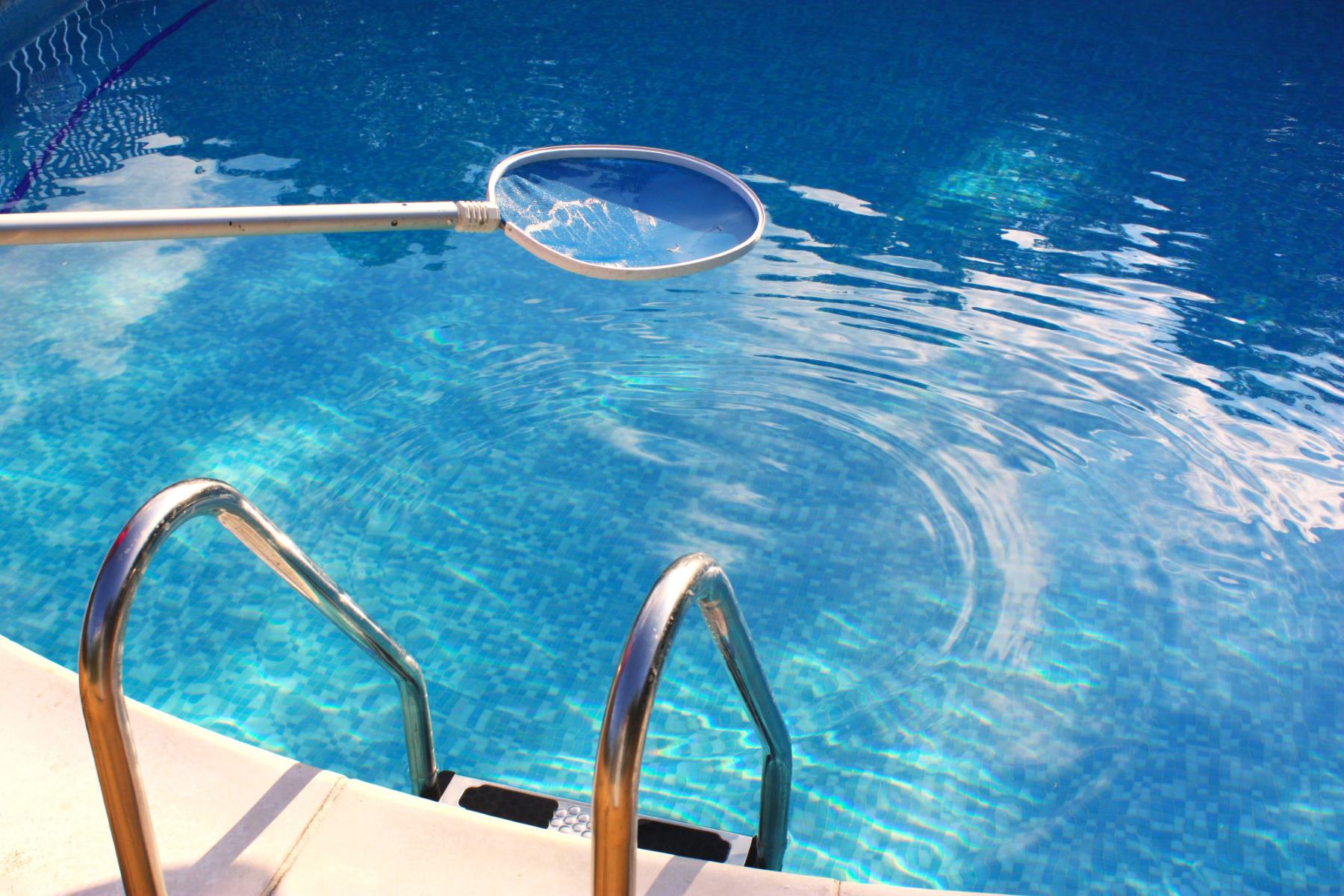
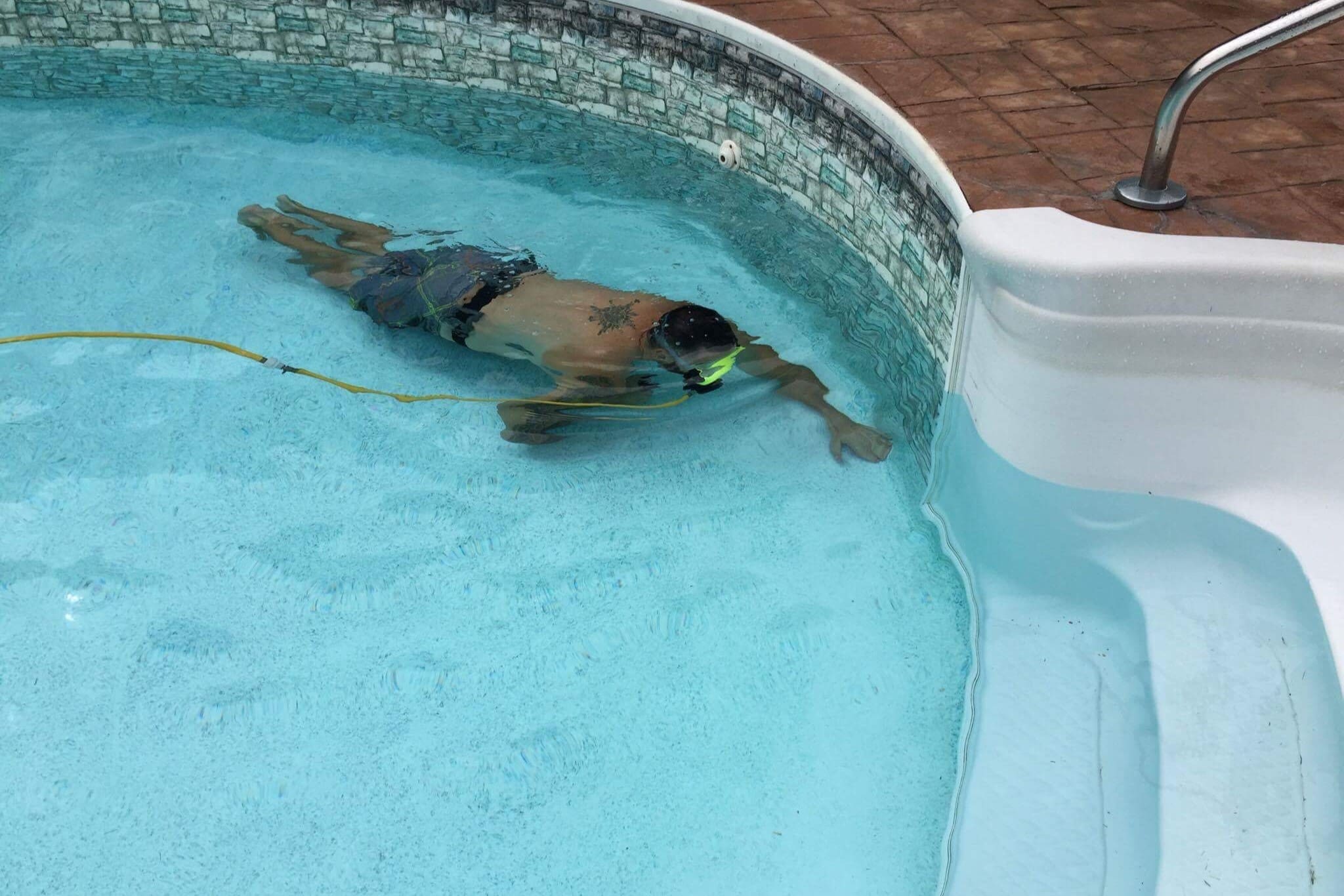
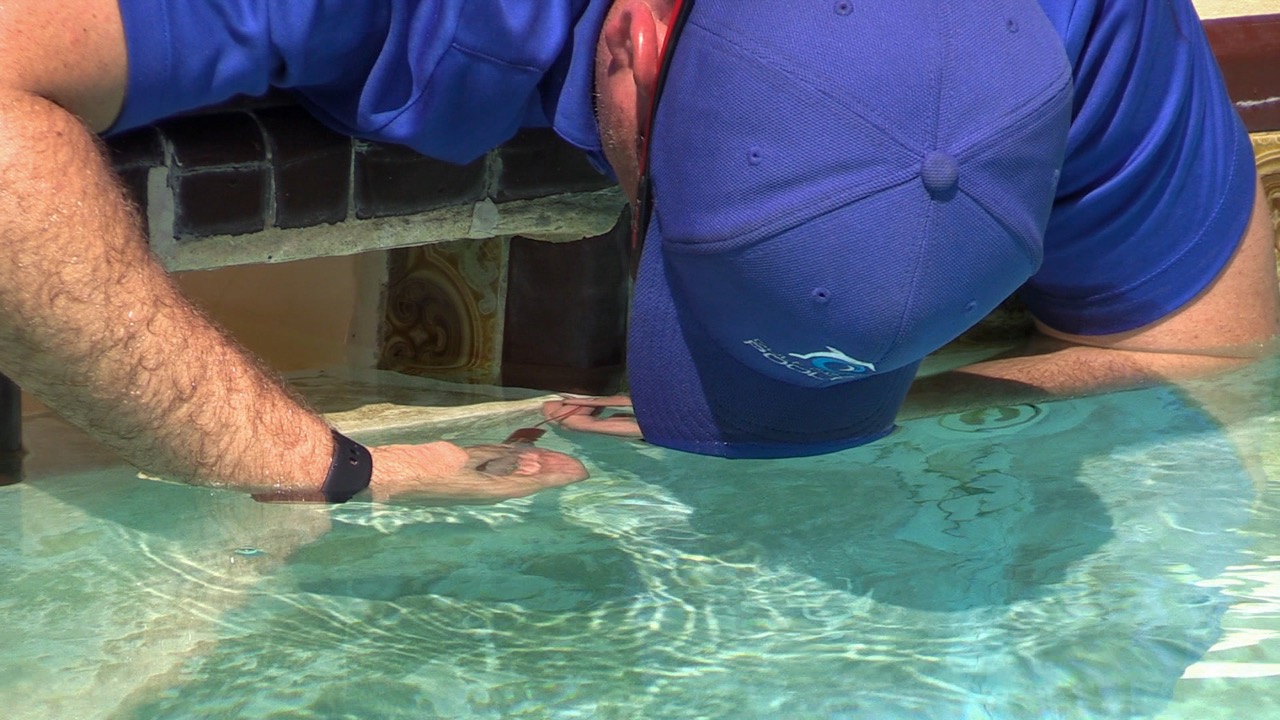




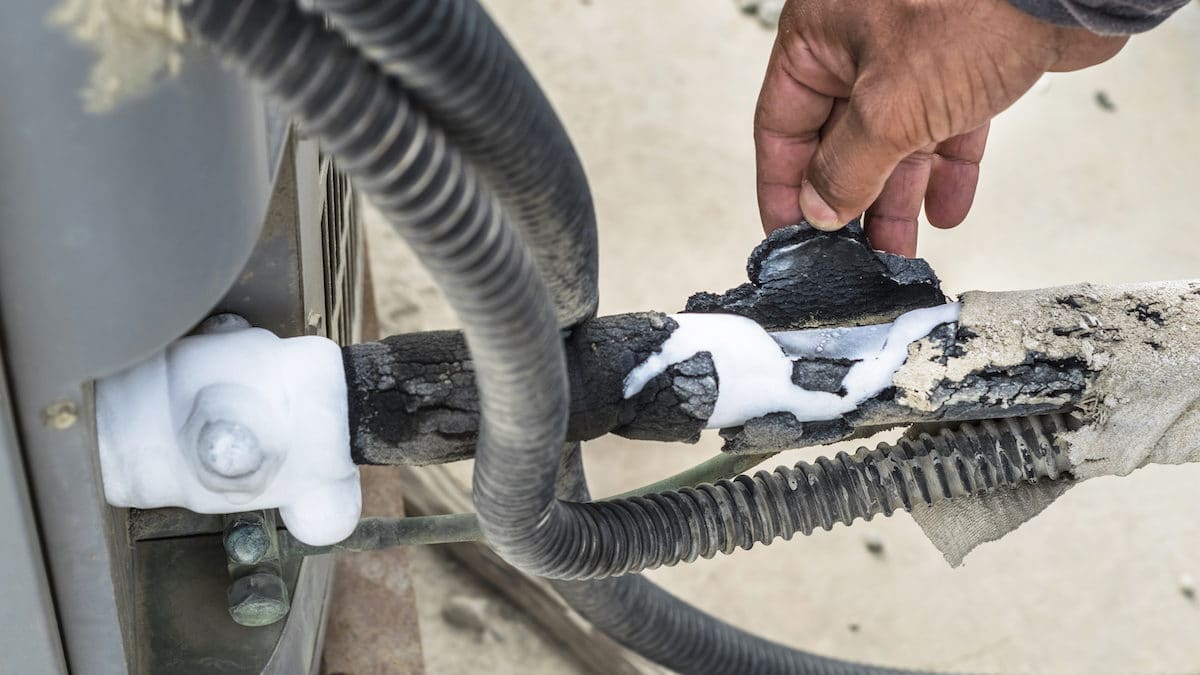
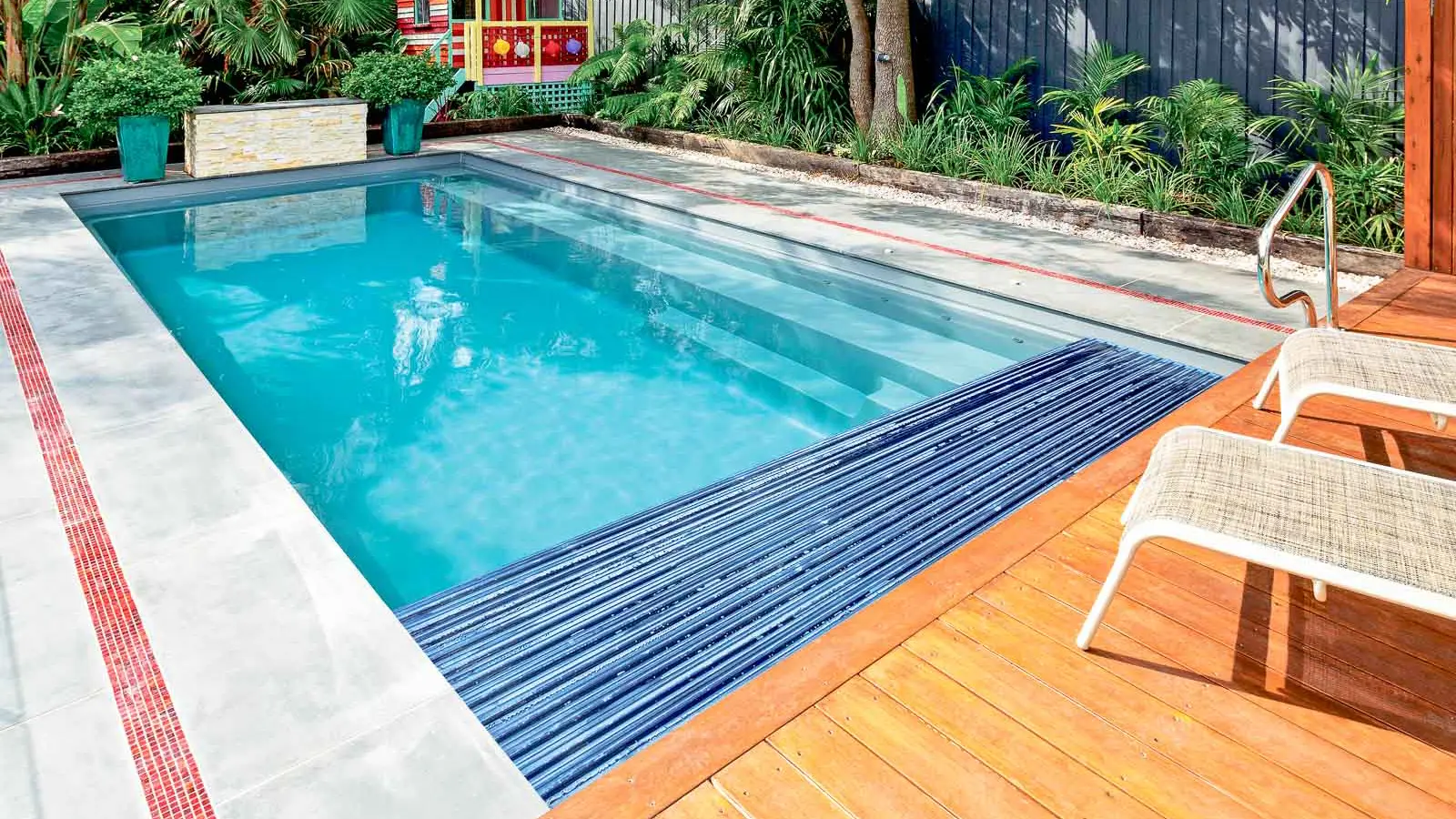
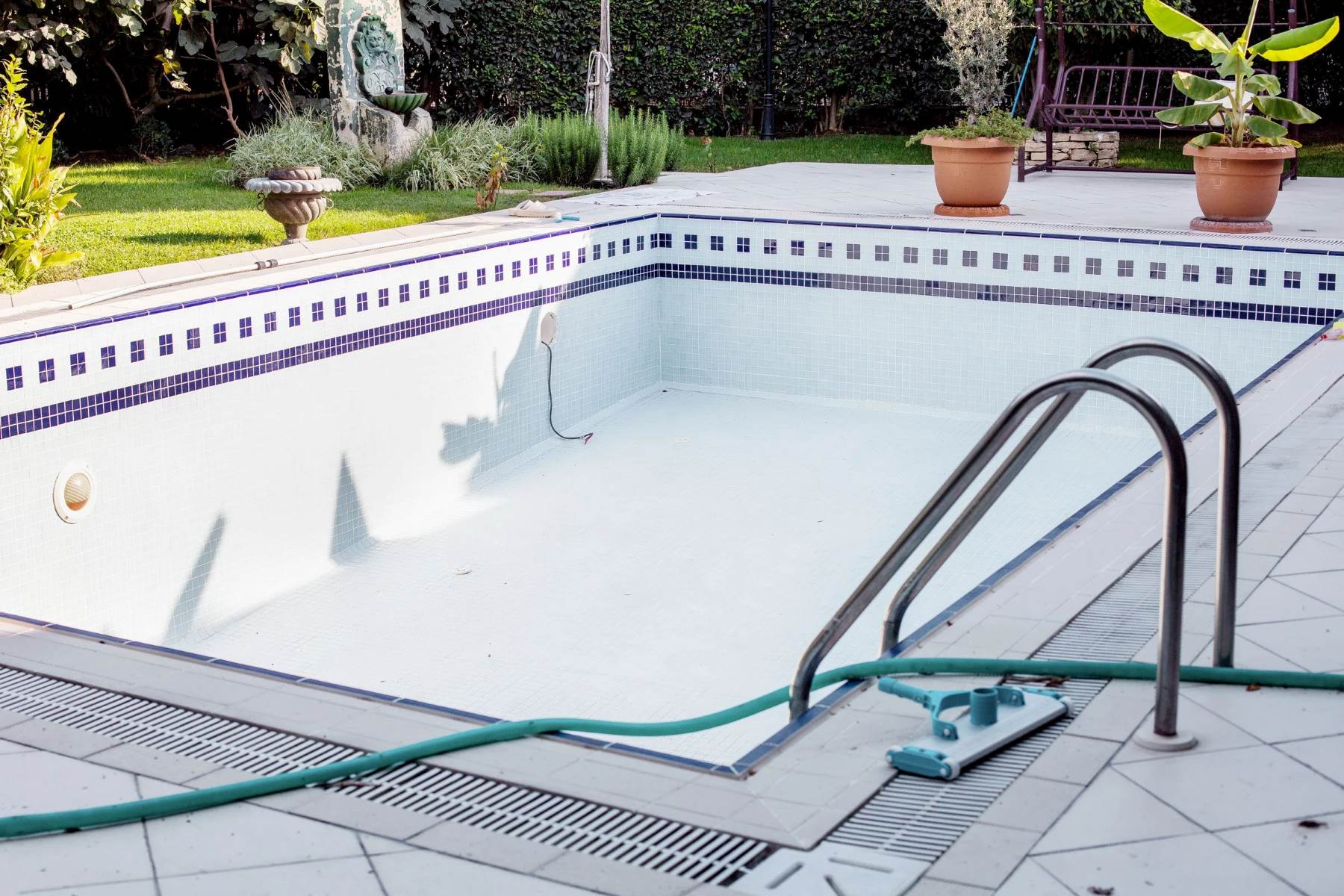
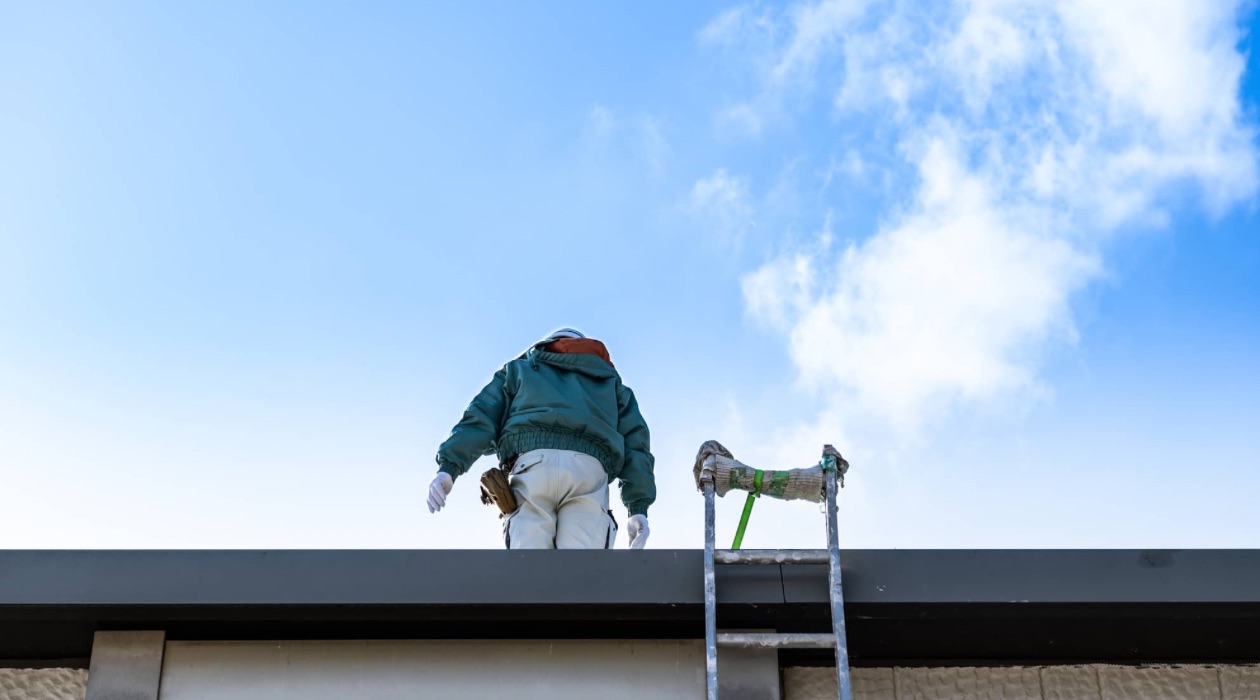
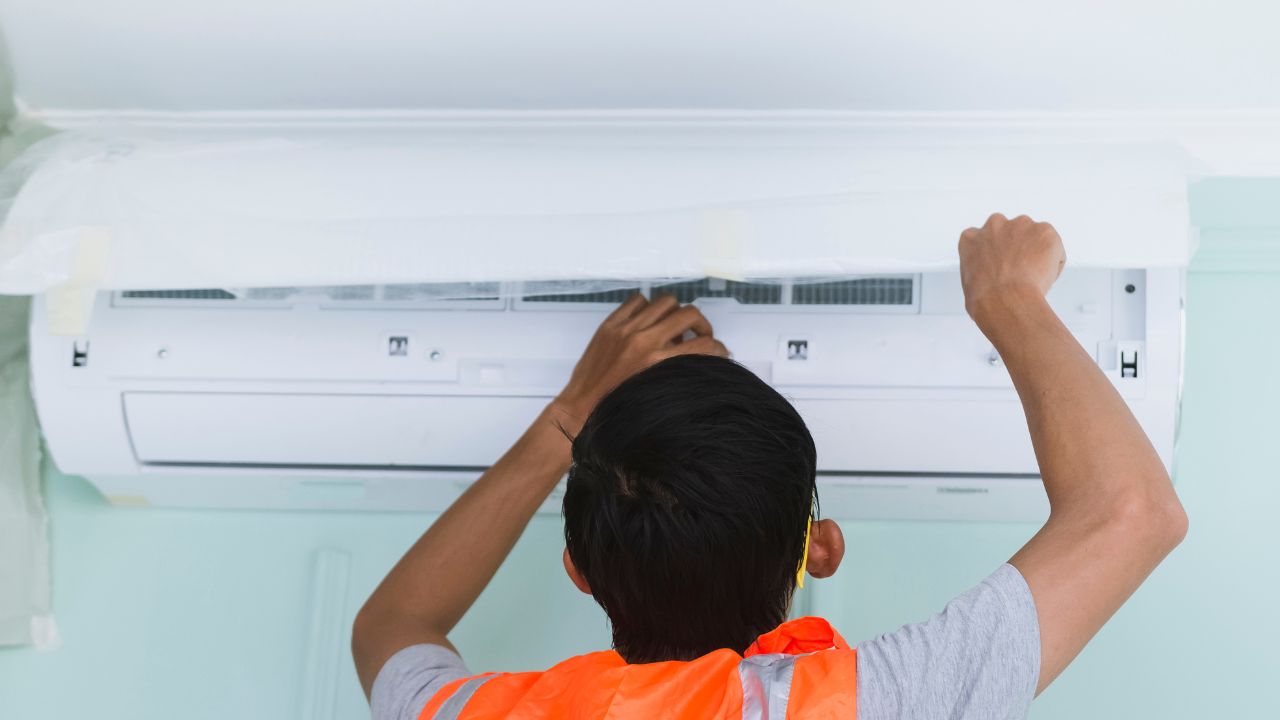
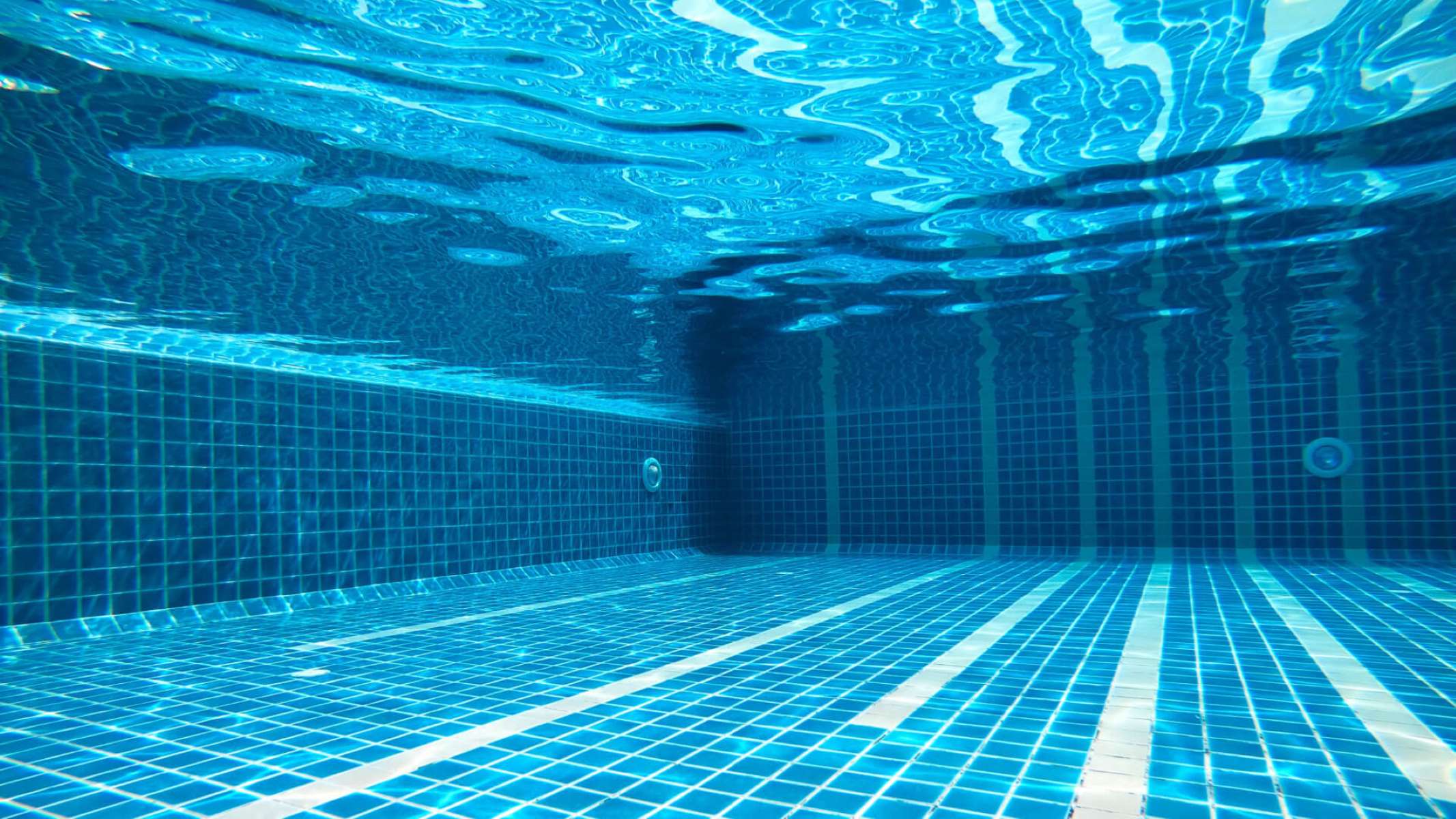


0 thoughts on “How To Find A Leak In A Swimming Pool Liner”